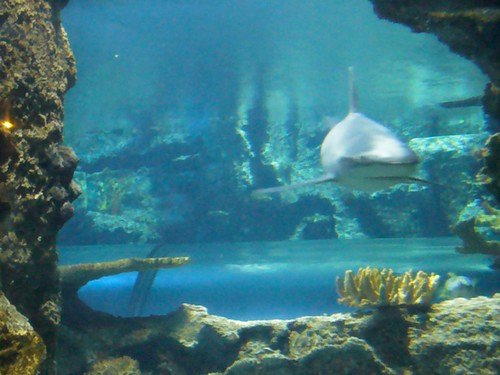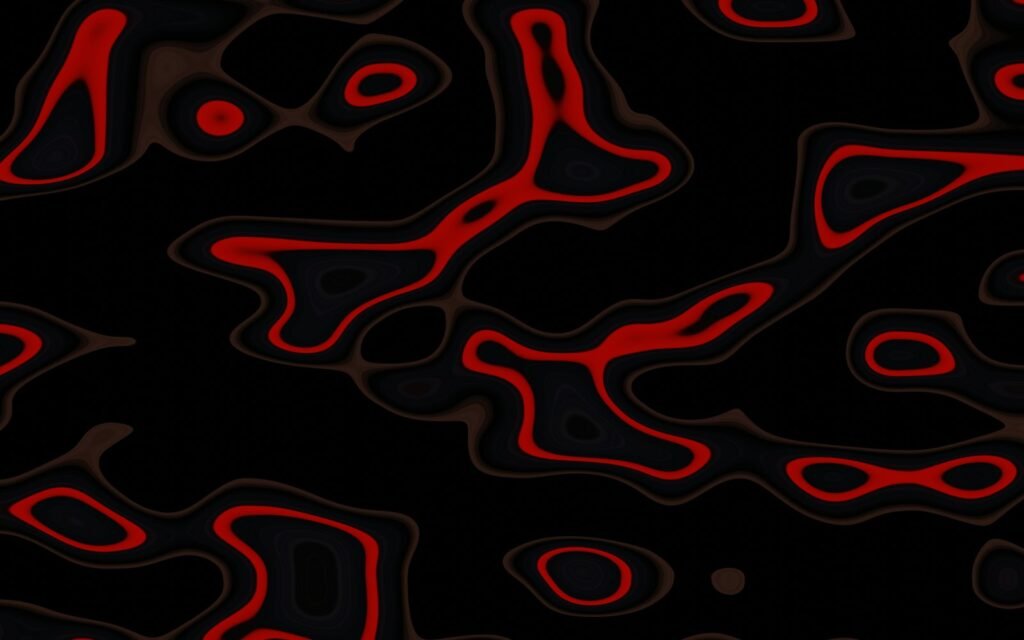Imagine a Cretaceous floodplain humming like a hidden suburb, with dozens of cratered mounds, crushed eggshell mosaics, and juvenile tracks stitched into the mud. That is the mystery paleontologists are circling today: scattered sites that look less like isolated nests and more like organized neighborhoods. For decades, fossils hinted at care and coordination; now a new synthesis of data suggests some dinosaurs may have built recurring nursery hubs across landscapes. The puzzle is tantalizing because behavior fossilizes poorly, yet the ground keeps turning up patterns that feel intentional. The question is no longer whether dinosaurs nested, but whether they returned, regrouped, and raised young in what amounts to a prehistoric “nest city.”
The Hidden Clues

Colonial nesting leaves a distinctive geological fingerprint: repeated egg clutches, overlapping nest rims, and layers of trampled sediment that look like compacted sidewalks. At several famous localities, researchers map nests at scales that stretch beyond a single hillside, revealing clusters, corridors, and gaps that resemble zoning. Buried within are thin sheets of broken eggshell that accumulate season after season, a quiet ledger of return visits. When juveniles’ tiny footprints crisscross adult tracks, it hints that families lingered rather than sprinted away after laying.
I still remember standing in a museum gallery, nose almost touching a glass case of eggshell fragments, feeling the hush these patterns command. It’s like reading graffiti from another world: short strokes, repeated symbols, and a clear sense that many hands – well, claws – came back to the same wall.
From Ancient Tools to Modern Science
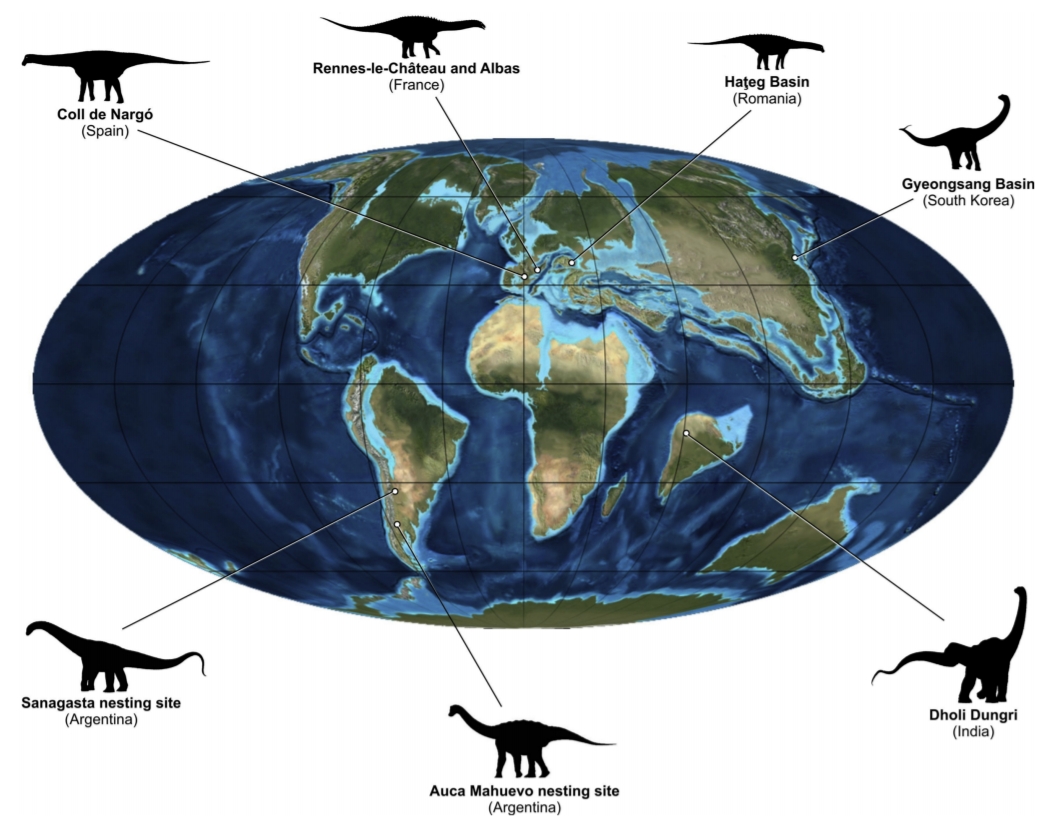
What began with field notebooks and shovels now leans on drones, photogrammetry, and high-resolution satellite imagery to see entire nesting landscapes at once. Teams stitch thousands of aerial images into centimeter-accurate maps, then analyze spacing rules: how far apart nests sit, how often they align along ancient shorelines, and which paths young might have taken to water. Inside lab rooms, micro-CT scanning peers into unhatched eggs, tracing embryonic bones without cracking the shell. Geochemical assays of eggshell carbonate capture local temperatures and humidity during incubation, adding seasonal context.
Combine those layers and a social map emerges: not just where dinosaurs nested, but how colonies breathed with the environment year to year. The result is less a single discovery than a stack of converging lines that point to planning on a herd’s scale.
A Patchwork of Nursery Grounds
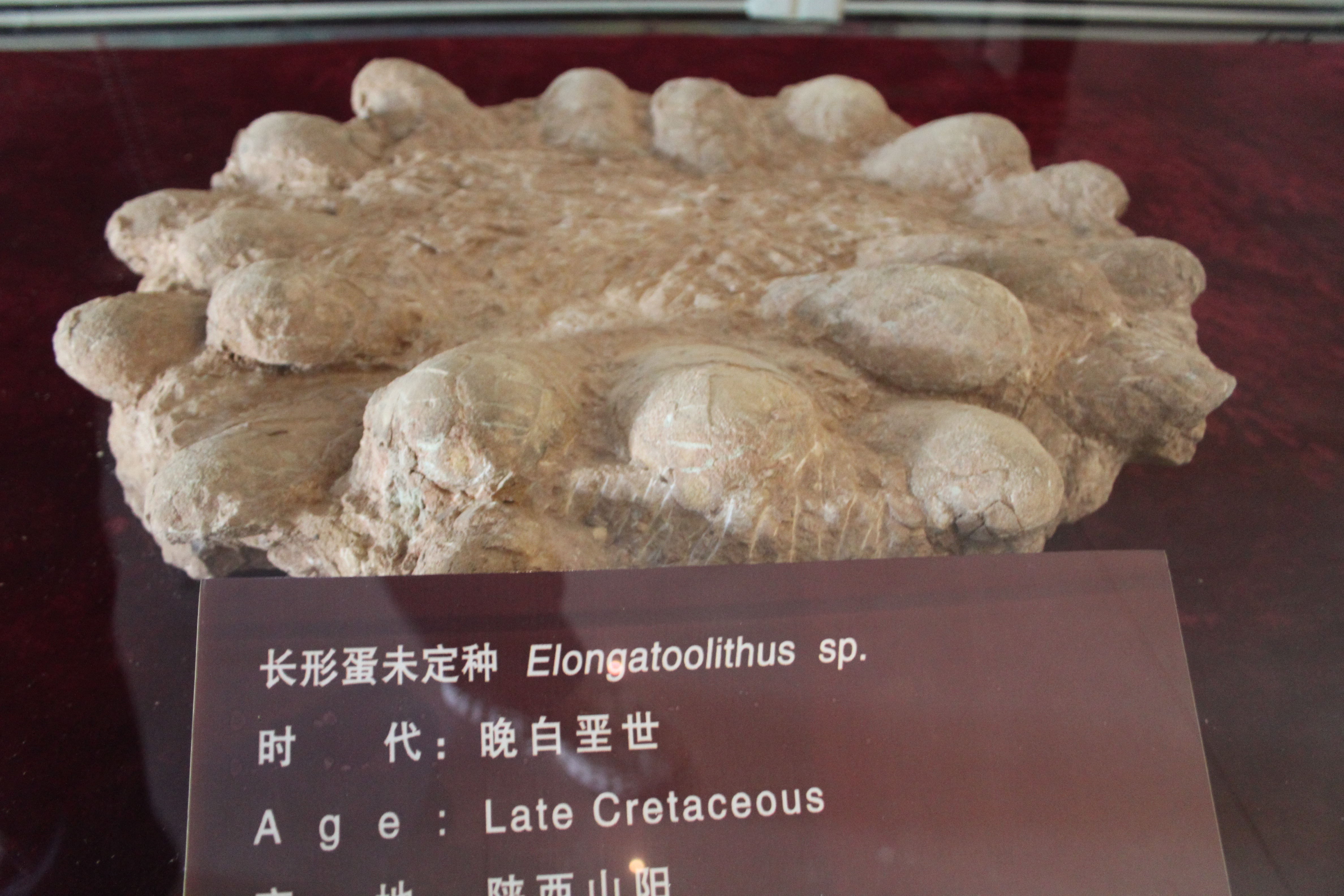
From Montana’s famous hadrosaur beds to Patagonia’s sauropod egg fields and the titanosaur clutches of central India, the global distribution is striking. Many of these sites show repeated nesting horizons, as if populations returned with the rainy season to familiar ground. In some places, nests concentrate on slightly elevated ridges above flood zones, a small architectural choice that pays big dividends for hatchling survival. Other sites crowd near ancient lakeshores, where soft sediments and warmth made incubation more reliable.
What’s compelling is the consistency across distant continents and lineages: different bodies, similar solutions. That convergence is a strong nudge toward social behavior robust enough to persist across climates and deep time.
Inside the Eggs and Around the Nests
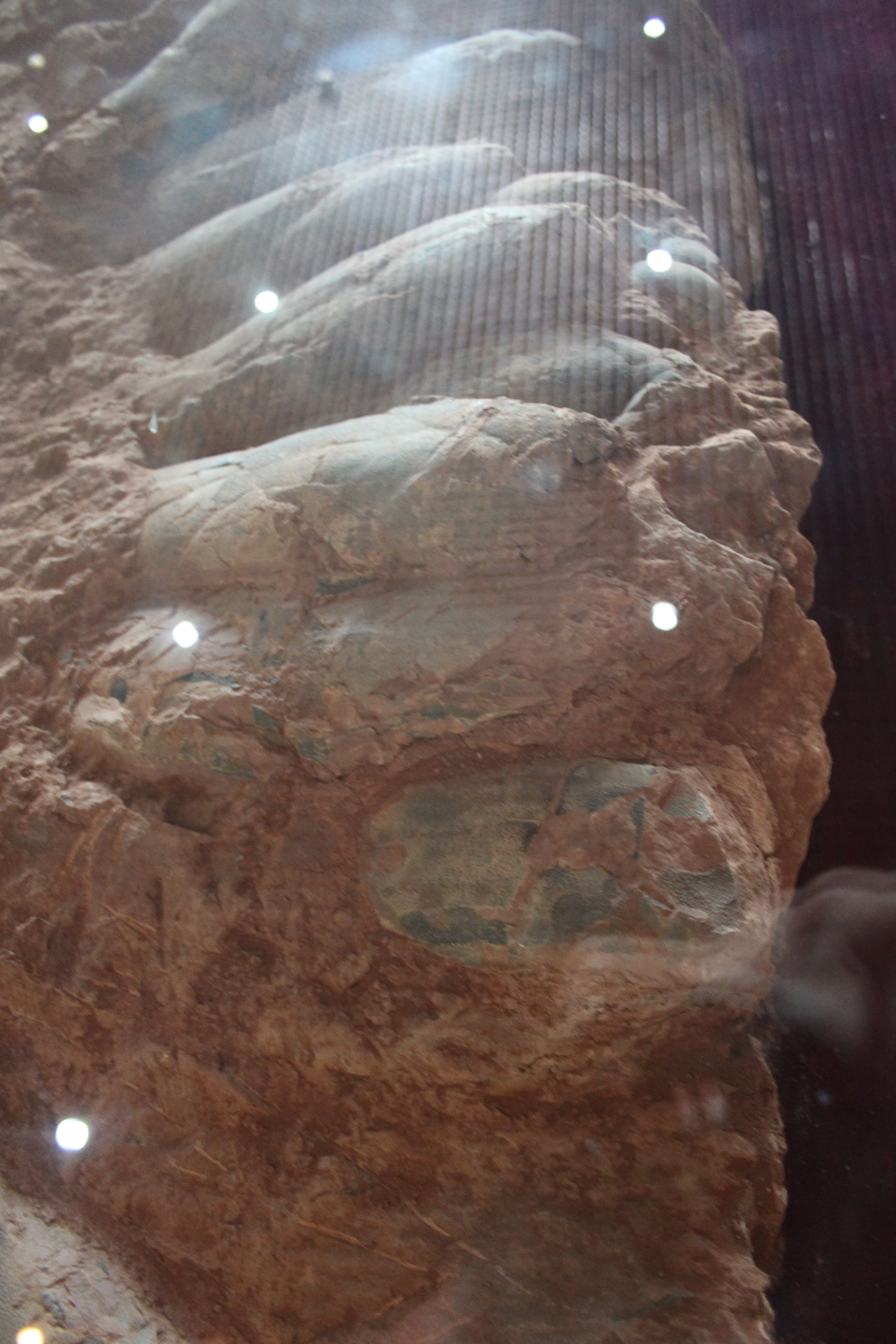
Eggshell porosity, a microscopic measure of gas exchange, tells whether eggs were buried like crocodiles’ or sat exposed for brooding like many birds. Numerous dinosaur eggs show intermediate patterns, pointing to mixed strategies: partial burial plus attentive adults, or mounded vegetation that generated heat. Sedimentology adds details, such as nest bowls dug into substrates and refilled layers that imply maintenance, not abandonment. In a few rare cases, skeletons of adults preserved atop clutches suggest protective postures rather than happenstance.
Beyond the shells, tiny bones and toothless young signal hatchlings that stayed put for a while, growing in place on parents’ investment. If juveniles lingered and adults guarded, a nursery network begins to make biological sense: safety in numbers, predictable microclimates, and shared vigilance.
Reading the Social Map
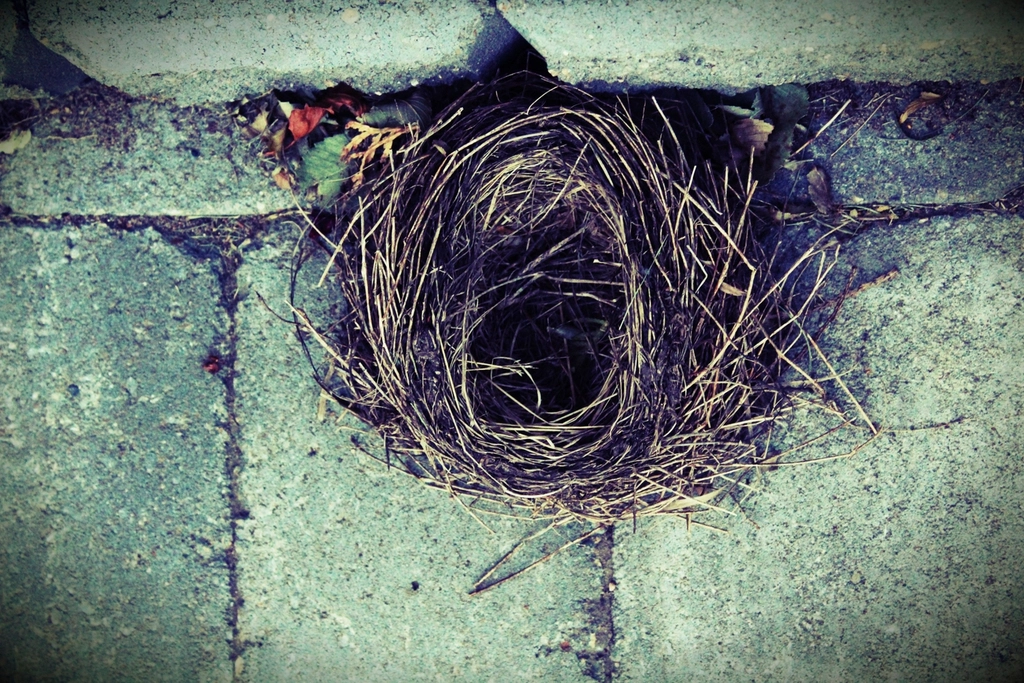
Spacing between nests often falls into repeat distances, the kind of regularity seen when animals balance cooperation with personal space. Patterns look like ripples from many stones thrown at once – each nest a center, none crowding too close. Trackways hint at traffic: inbound adults, clustered juveniles, and routes that arc toward water or vegetation belts. When those routes reappear in successive layers, they read like seasonal commutes stamped into the ground.
Take that logic farther, and you see not just a colony but a network – nodes of preferred sites connected by habitual movement. It’s plausible that wide-ranging herds cycled between feeding grounds and nursery hubs much as modern seabirds orbit rookery islands, a choreography written by food, weather, and memory.
Why It Matters

Behavior is the hardest part of extinct life to reconstruct, yet it is the key to ecology: how energy flows, how predators and prey coevolve, how populations ride out climate swings. Traditional paleontology could count bones and name species; a nursery-network view explains why those bones appear where they do. It reframes dinosaurs not as solitary giants but as social strategists whose life histories hinged on coordination and care. That shift changes growth models, because prolonged parental investment can turbocharge juvenile survival and alter population dynamics.
It also sharpens conservation priorities for fossil sites themselves. If one ridge preserves a whole season’s childcare, losing it to erosion or looting erases a chapter of behavior we may never recover again.
The Future Landscape

Next-generation surveys will likely fuse drone LiDAR with ground-penetrating radar to flag buried nests without a single trench. Hyperspectral sensors can sniff out subtle mineral signatures of eggshells or dung-altered soils across square miles, turning deserts into searchable archives. In the lab, machine learning is already sorting eggshell microtextures and clustering nest morphologies, speeding pattern recognition past human limits. Low-dose micro-CT and novel contrast agents are reducing damage while revealing fine embryonic anatomy.
The challenges are practical and ethical: fragile sites in harsh climates, limited budgets, and the persistent black market in fossils. If researchers can pair open data with local stewardship, the payoff is a living atlas of dinosaur nurseries that scales from a single clutch to continental routes.
From Ancient Tools to Modern Science
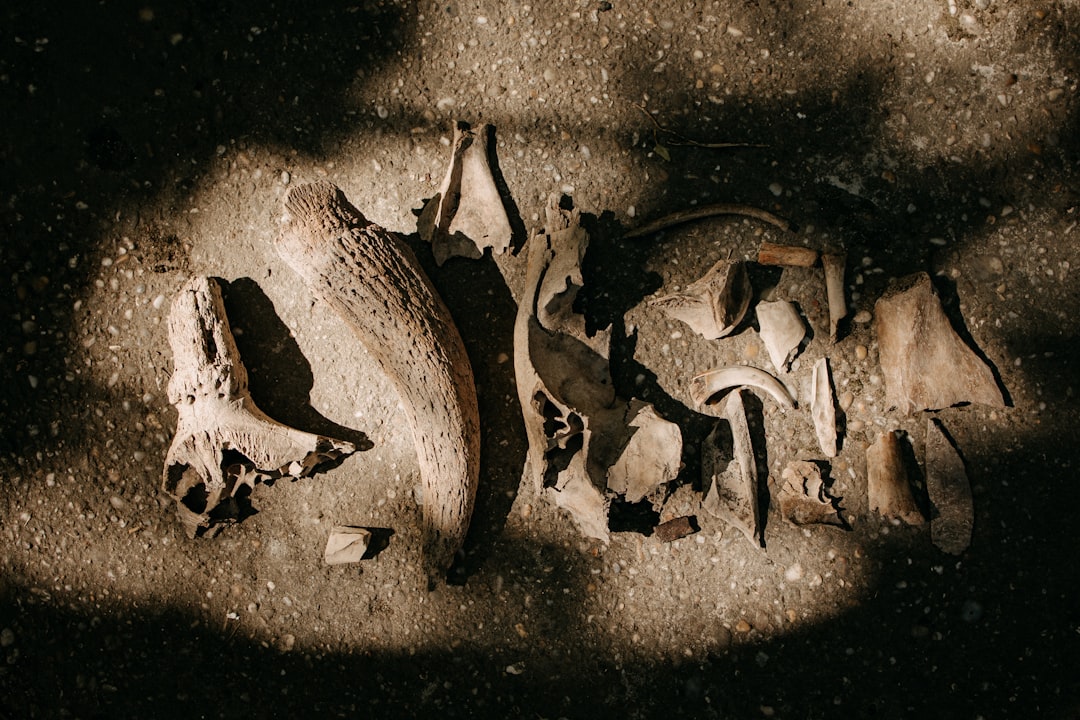
Field methods still matter – trowels, plaster jackets, and meticulous grid mapping – but they now ride alongside geographic information systems that treat entire basins as datasets. Teams can model flood risk for ancient rivers, estimate nest failure under different storm scenarios, and simulate how a colony’s layout affects hatchling escape routes. Even simple statistics, like the proportion of nests with crushed eggs versus intact ones, can hint at predation pressure or trampling by herd-mates. Add climate proxies from the same layers, and nursery choices snap into focus as rational responses to temperature and moisture.
This synthesis is where the story gets human, too. Science advances when many partial pictures – field sketches, lab scans, geochemical plots – finally overlay into one landscape that feels lived-in.
Conclusion
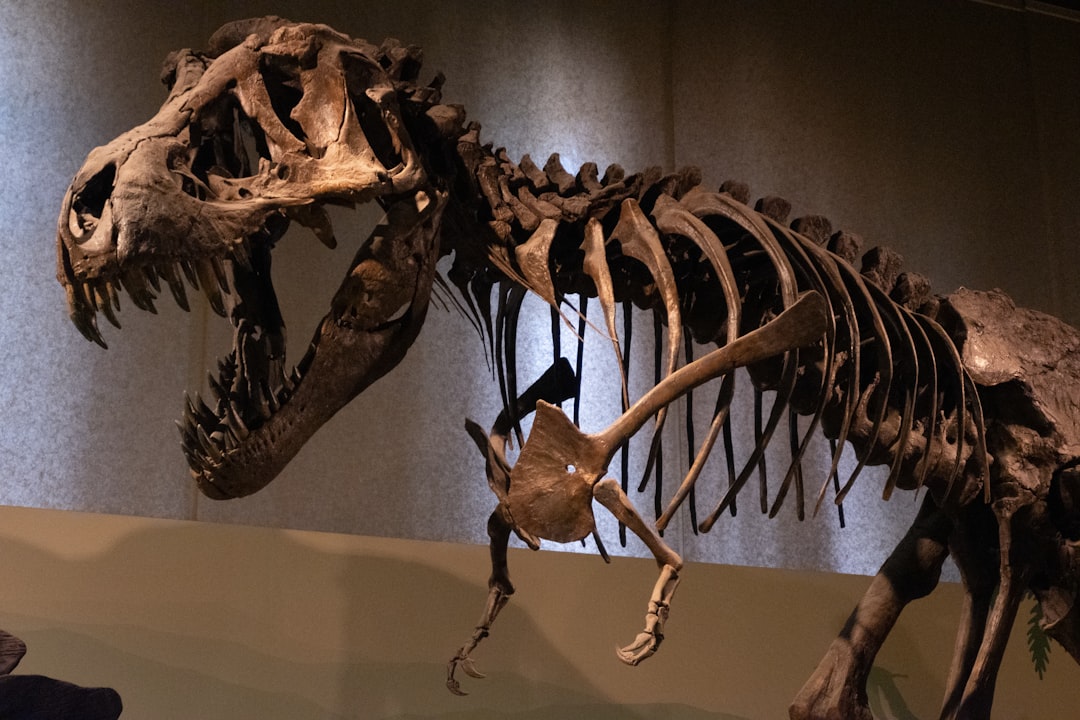
There are straightforward ways to help this research grow without setting foot in a quarry. Support museums and local universities that maintain collections and train the next generation of field crews, especially in regions where the sites occur. If you hike in fossil-rich country, photograph suspected finds in place, log precise GPS coordinates, and report them to regional authorities rather than collecting; that respect keeps context intact. Advocate for protected status where nesting horizons are exposed, because a single bad season of weather or theft can strip away irreplaceable layers.
Curiosity counts, too: follow new dig diaries, attend public talks, and share vetted science with kids who are still drawing dinosaurs at the kitchen table. What would you build first in a nest city – the walls, or the welcome?

Suhail Ahmed is a passionate digital professional and nature enthusiast with over 8 years of experience in content strategy, SEO, web development, and digital operations. Alongside his freelance journey, Suhail actively contributes to nature and wildlife platforms like Discover Wildlife, where he channels his curiosity for the planet into engaging, educational storytelling.
With a strong background in managing digital ecosystems — from ecommerce stores and WordPress websites to social media and automation — Suhail merges technical precision with creative insight. His content reflects a rare balance: SEO-friendly yet deeply human, data-informed yet emotionally resonant.
Driven by a love for discovery and storytelling, Suhail believes in using digital platforms to amplify causes that matter — especially those protecting Earth’s biodiversity and inspiring sustainable living. Whether he’s managing online projects or crafting wildlife content, his goal remains the same: to inform, inspire, and leave a positive digital footprint.


